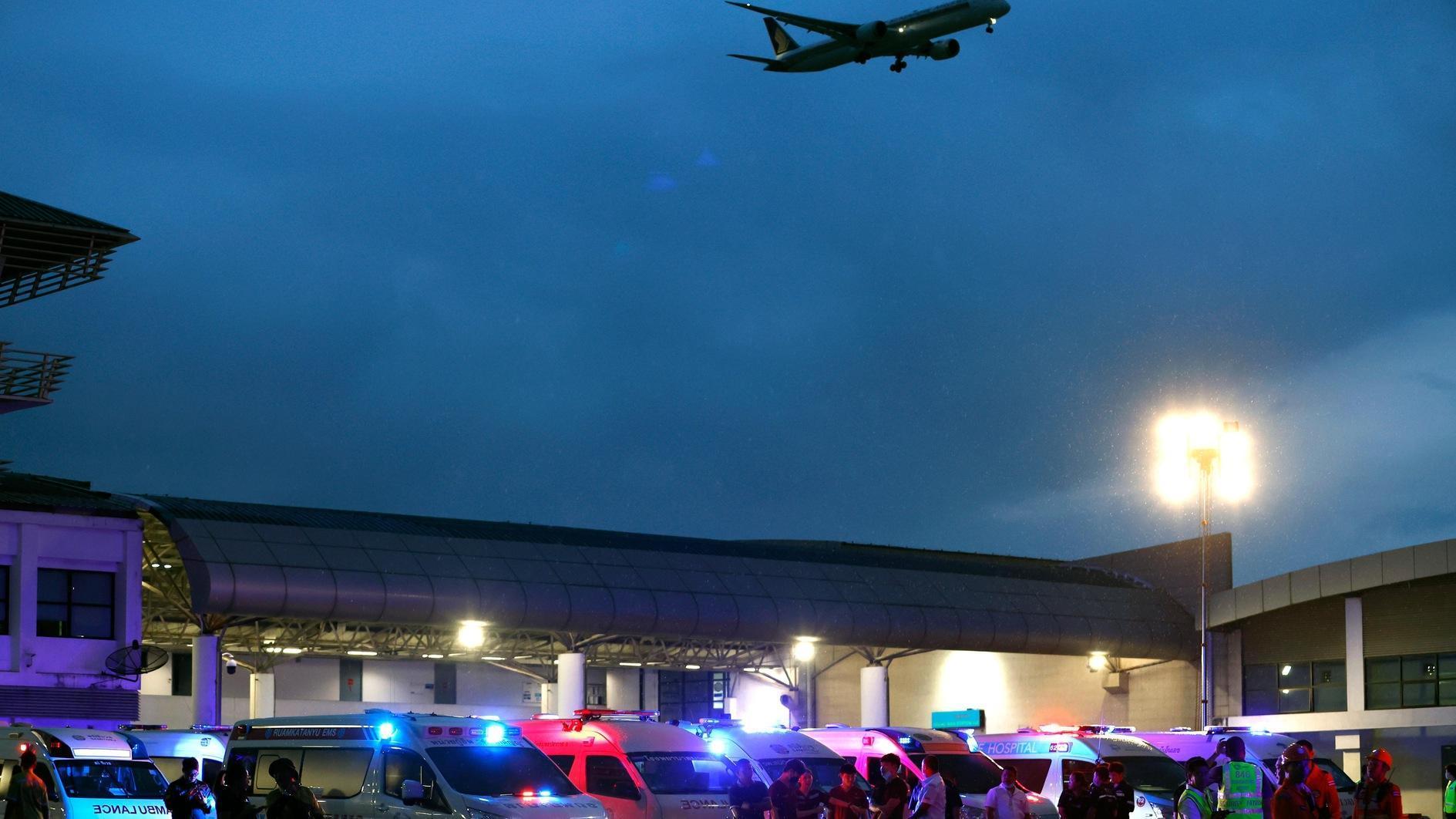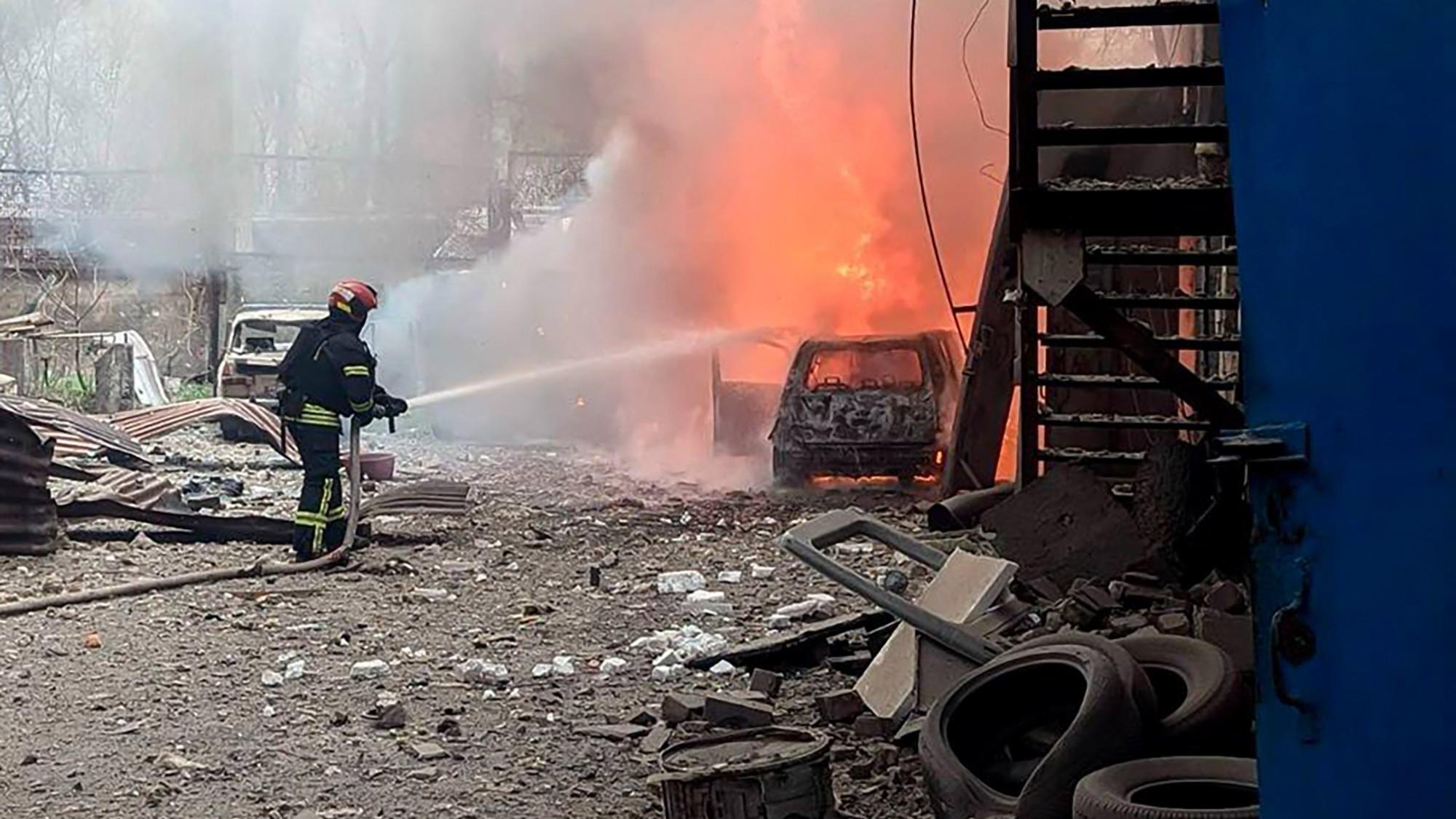Climate change behind rising flight turbulence: Expert
ISTANBUL

The recent turbulence incidents resulting in serious injuries on both domestic and international flights in Türkiye are a consequence of global warming and climate change, an expert has said.
Turbulence, stemming from sudden disruptions in air currents, jolts aircraft and leads to altitude loss of meters. In a recent flight from Istanbul to the western province of İzmir, a cabin crew member hit the aircraft's ceiling due to turbulence impact, resulting in a broken spine. A day after the incident, 12 people were also injured during turbulence over Türkiye on a Qatar Airways flight from Doha to Ireland.
"The essence of turbulence is wind. It refers to the vertical movement of wind, either downward or upward, due to temperature disparities. It brings the aircraft down, lifts it up and shakes it," stated Prof. Dr. Orhan Şen, who was involved in two turbulence projects at NASA. Temperature disparities intensify wind intensity, the expert said.
“With temperatures rising due to global warming, there has been an increase of 1.5-2 degrees. Hence, both the intensity and frequency of high-altitude turbulence have increased,” Şen expressed.
"If we were flying from Istanbul to Qatar in the past, we might encounter three instances. Now, this figure is five. Both the number and severity have increased. The key here is wearing seat belts. Turbulence forecasts are highly accurate."
Meteorological stations at airports are established for such turbulence, primarily serving pilots, the expert said, explaining that pilots consult these stations before flight and obtain turbulence maps.
"The pilot knows where turbulence will occur. Hence, the pilot advises fastening seat belts five or ten minutes beforehand. If you follow the pilot's rules and the pilot has obtained the turbulence map from meteorology, nothing will happen to you. Just stay in your seats and fasten your seat belts. Those injured are always those who did not fasten their seat belts. The safest mode of transportation is by aircraft."
However, Şen still suggested that passengers should "get used to" turbulence occurring vigorously, pointing out that aviation safety authorities must now expand their precautions and renew their procedures against this emerging situation.
Speaking to daily Milliyet, retired pilot and air crash investigation specialist Eyüp Turşucu said that every turbulence possibility may not be visible on meteorological maps before flight, highlighting their sudden development structures.
Turşucu mentioned that when the possibility of turbulence arises, the transition speed is determined from there, emphasizing the need for new protocols to minimize the risk of turbulence affecting the aircraft.
On May 21, a British man died and more than 100 people were injured when Singapore Airlines flight SQ321 endured extreme turbulence, forcing the plane to make an emergency landing in Bangkok.
Passengers and crew suffered skull, brain and spine injuries when they were thrown violently around the cabin during the terrifying high-altitude ordeal. Singapore Airlines have since tightened their seatbelt rules.
















